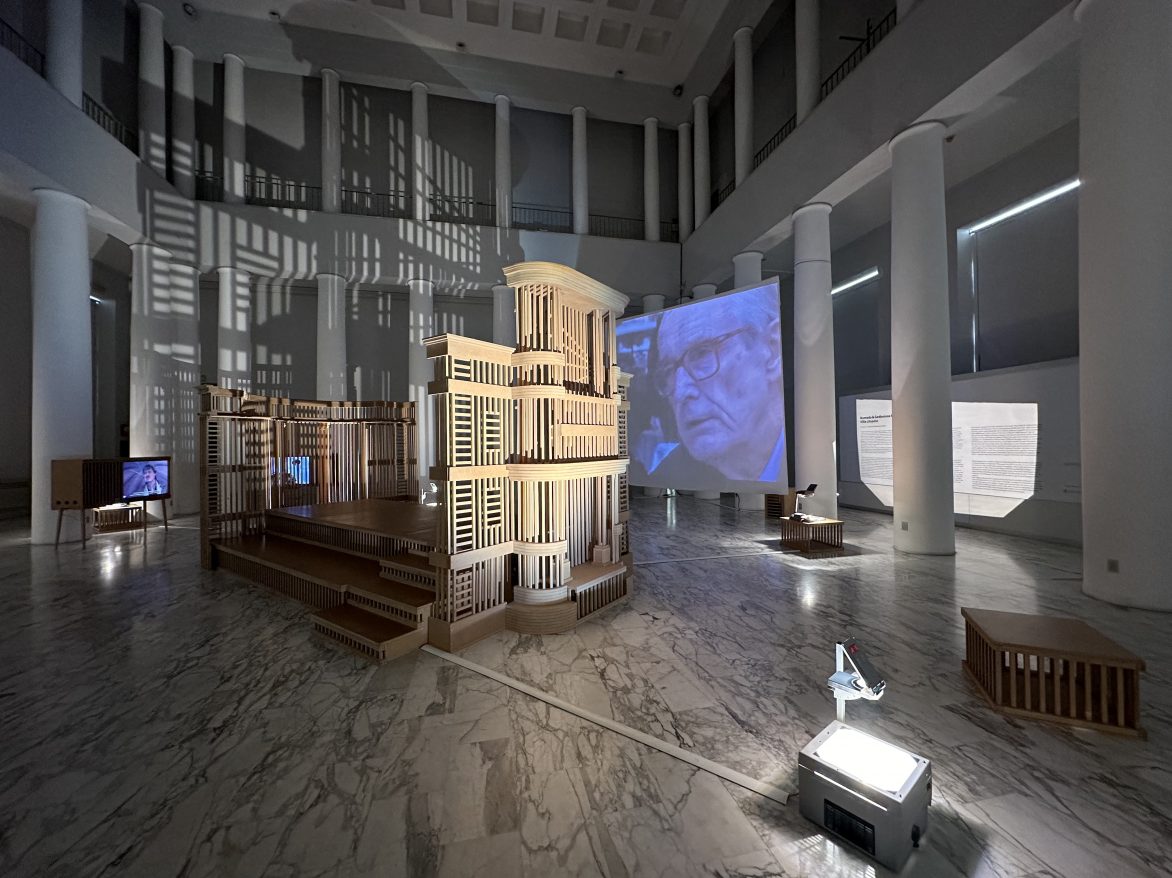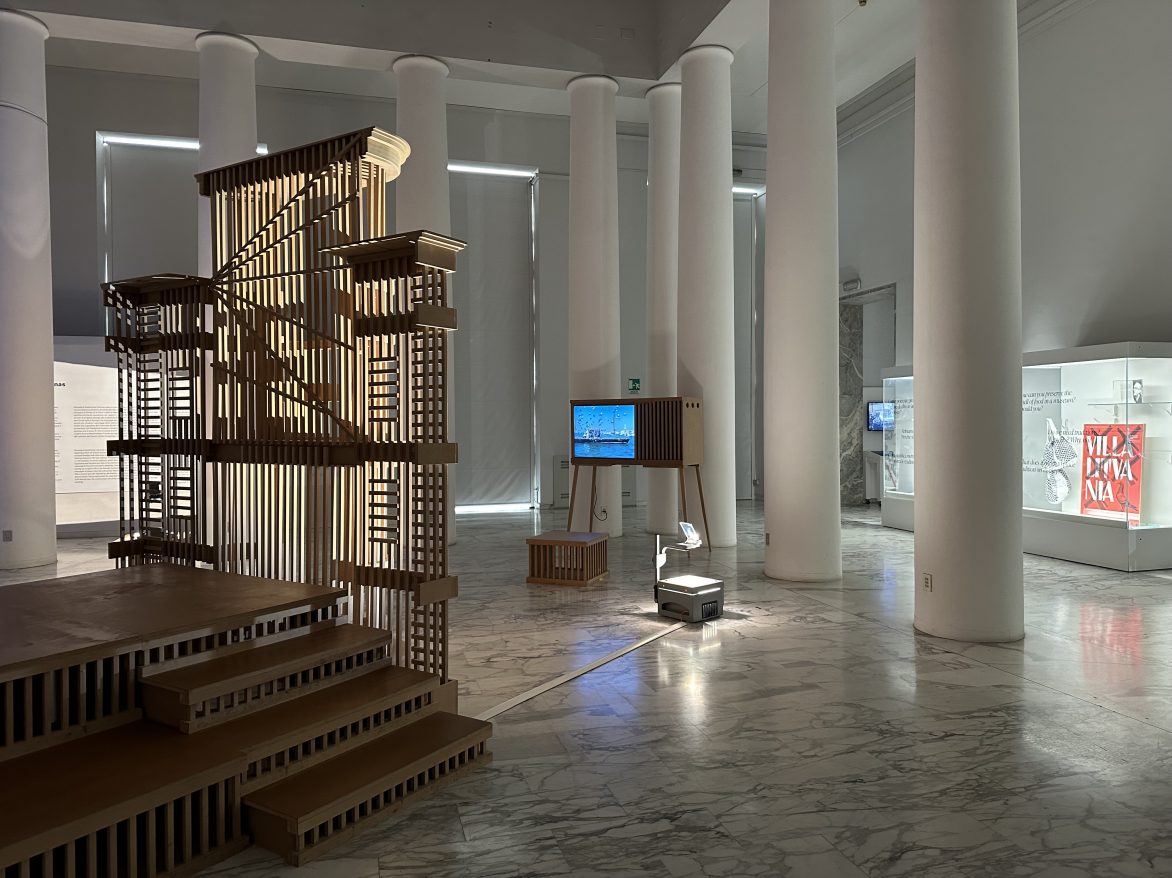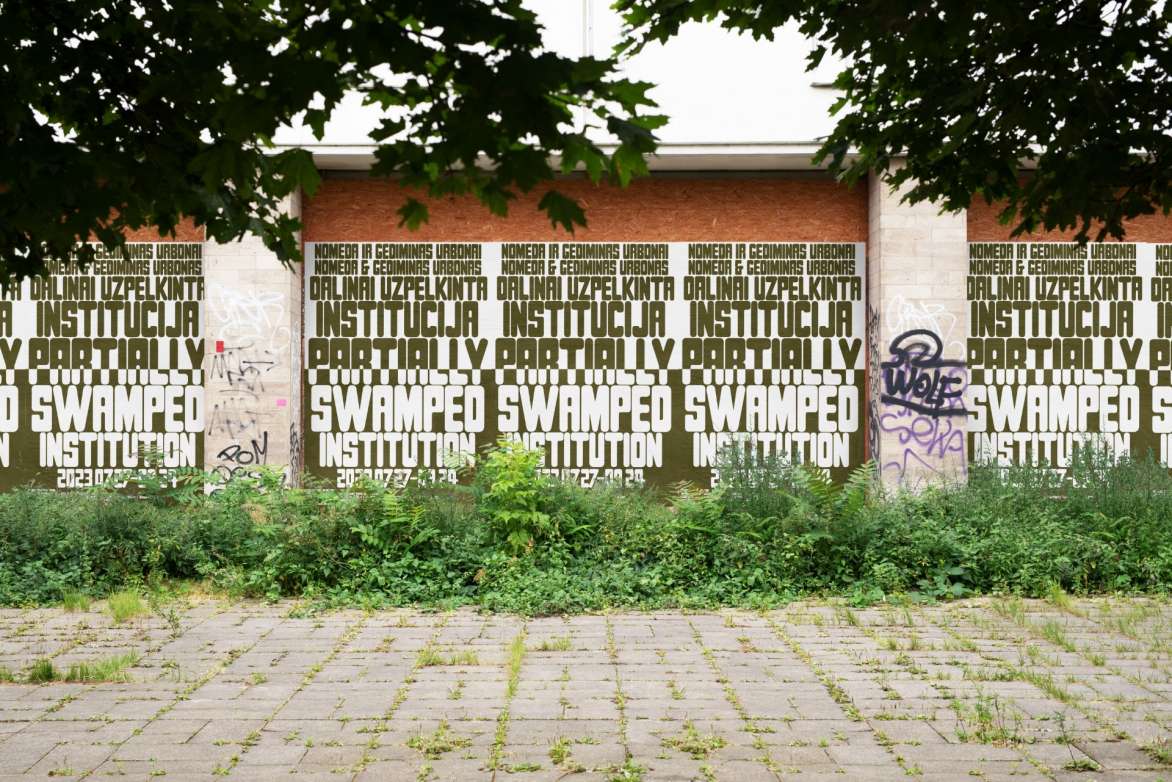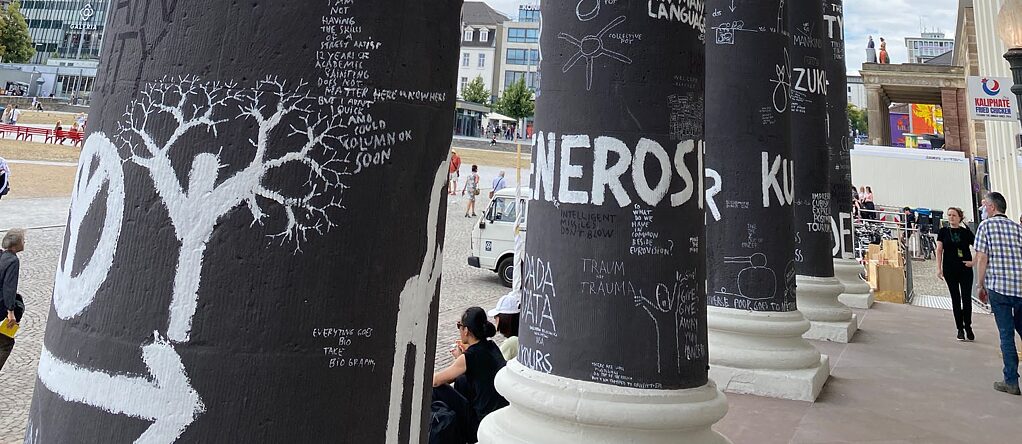Villa Lituania is an artistic inquiry into unresolved historical debates behind the occupied territory through a series of public interventions, featuring a pigeon race, the development of pavilion architecture, and a poetic video archive of traumatic encounters and acts of disobedience.
Invited to represent Lithuania in Venice Biennale (in 2007) Nomeda and Gediminas Urbonas conceived this work to engage the spatial politics of colonization investigated within an anarchitectural project that is reclaiming diplomacy for the public interest associated with the occupied territory. The project borrows its title from Villa Lituania – the former Lithuanian Embassy in Rome – generating new discussions about its predicament, the traumatic history of colonization, and the implications they continuously produce for the current socio-political situation.
The project was prompted by the fact that Lithuania, along with other formerly colonized countries, does not have a presence on the map of turn-of-the-century geopolitics that is the Giardini, the traditional site of the Venice Biennale, where mainly Western countries have had pavilions for national art exhibitions since the biennale started in 1895. Thus Villa Lituania was a proposal for a pavilion in flight. As a way to poetically reclaim colonized space, the project connected the absence of national representation in the Giardini with Villa Lituania, which, as a result of the 1939 Ribbentrop-Molotov Pact, was given by the Italian fascists to the Soviets in 1940. It remains Lithuania’s last occupied territory.

















